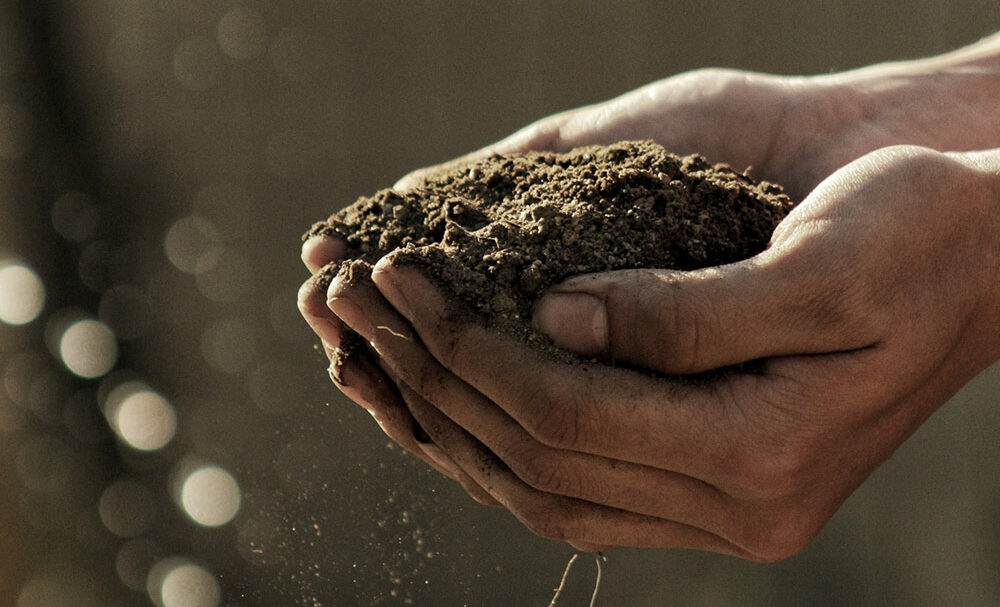Biological scientists and engineers have relied on anaerobic digestion to produce energy and beneficially reuse organic waste for more than 1,000 years. This ancient process today is providing a sustainable solution for agriculture and helping meet the growing demand for clean energy.
How does anaerobic digestion work?
By definition, anaerobic digestion is the process by which bacteria naturally break down biodegradable material in the absence of oxygen. Put simply: organic matter, such as food waste or animal manure, is consumed by bacteria as a food source, which results in the bacteria producing biogas. The undigested material, called digestate, is a solid material left over from the process and is still packed with nutrients.
Why is anaerobic digestion useful?
Anaerobic digestion allows us to beneficially reuse biodegradable products. Much like efforts to reuse paper grocery bags before recycling, or sewing old clothing together to make a quilt, the process provides a second life for much of today’s food and agricultural leftovers. For example, CleanBay is using anaerobic digestion to repurpose the more than 14 million tons of poultry litter – an industry term for manure, feathers, and bedding from chickens – produced each year in the United States. Through our proprietary anaerobic digestion-based process, we’re able to naturally convert this poultry industry byproduct into two new, usable products: renewable natural gas (RNG) and an organic slow-release fertilizer.
Anaerobic digestion is also helping address challenging environmental issues. Historically, farms have stored unrefined poultry litter on site until it could be spread on farm fields as fertilizer. While responsible field application of poultry litter follows a nutrient management plan, there are still unintended consequences of untreated litter. Examples include release of nitrous oxide, a potent greenhouse gas, and runoff of nitrogen, phosphorus and pathogens from the chicken gut, such as salmonella, which can adversely affect soil quality, harm groundwater and lead to polluted waterways and human illness. The agriculture community has made great strides to improve its environmental footprint – and anaerobic digestion can help take those efforts one step further.
How is CleanBay’s process special?
CleanBay uses a completely enclosed anaerobic digestion process. The litter is loaded into mixing tanks the minute it arrives on site and immediately enters an oxygen-free environment. During digestion, a mixture of water, organic material and heat will break down the material into renewable natural gas and an organic slow-release fertilizer, pasteurizing the litter as it is digested.
Unlike other anaerobic digester facilities, there is no waste from CleanBay’s process. There is no liquid discharge and the water used at the plant is fully recycled into the next batch of chicken litter. The fertilizer product created during digestion stabilizes phosphorus and nitrogen. When applied on crop fields, this new product vastly reduces environmental pollution and runoff from nutrients, and eliminates pathogens while still providing nutrient benefits to the soil.
For more information about CleanBay’s proprietary process, visit cleanbayrenewables.com/technology.
Learn more from the EPA.


